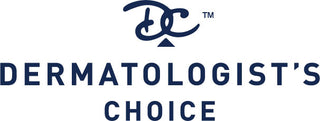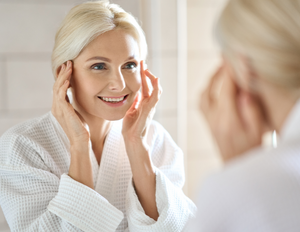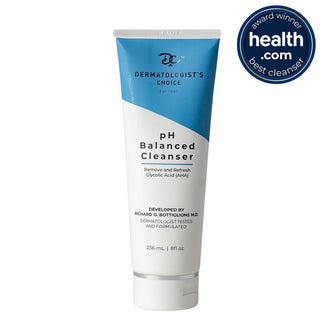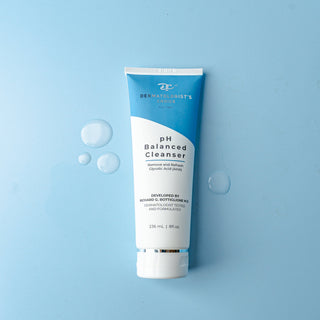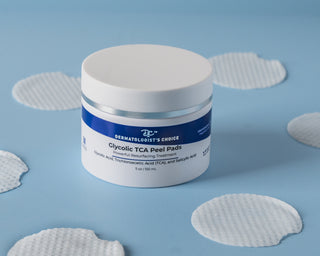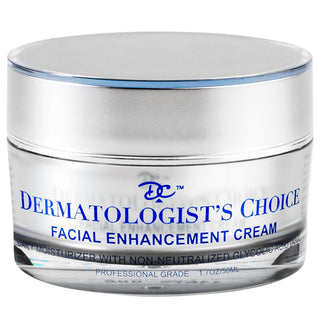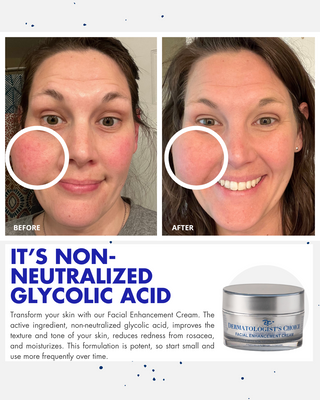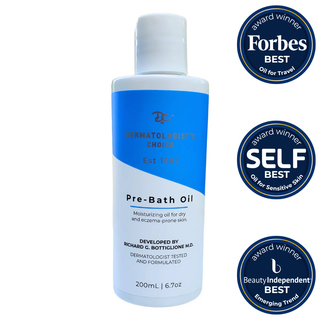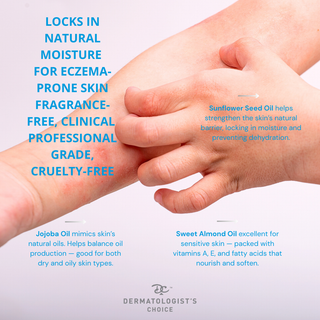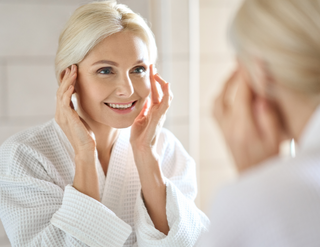
By Dr. Bottiglione, Dermatologist and Founder of Dermatologist’s Choice Skincare
Sun spots—often called age spots or liver spots—are one of the most common skin concerns I see in my patients. They can appear after years of sun exposure or sometimes after a single summer of not protecting your skin well. The good news is that with the right approach, you can fade sun spots and improve your skin’s tone and texture. Here’s my dermatologist’s perspective on how to do that effectively and safely.
Who should use at-home sun spot and dark spot treatments and why?
Anyone who notices mild to moderate discoloration, uneven tone, or early sun damage can benefit from at-home treatments. These products are ideal for patients who want to gradually fade spots, even their complexion, and maintain healthy. At-home treatments are especially effective for people who want results without downtime or cost of in-office procedures.
MEET THE EXPERT

Why choose at-home treatments versus in-office treatments?
At-home treatments allow for consistent, gentle correction over time. Ingredients like glycolic acid and TCA (trichloroacetic acid) can exfoliate and brighten the skin when used properly.
In contrast, in-office treatments—like chemical peels or laser therapy—are more intensive and deliver faster results, but they often come with redness, flaking, or recovery time. I often recommend patients start with at-home options first to strengthen their skin and evaluate tolerance before pursuing in-office procedures.
When to use Hydroquinone, Retinoids, and Acids for Sun Spots and Dark Spots
Each treatment has a different role depending on your skin’s needs:
-
Hydroquinone: Best for stubborn, deep hyperpigmentation or large, dark spots. It works by reducing the skin’s melanin production. I recommend using hydroquinone under dermatologist supervision and for limited periods to prevent irritation or rebound pigmentation.
-
Retinoids (Vitamin A derivatives): Ideal for widespread sun damage, fine lines, and dullness. Retinoids like tretinoin or RetinA speed up cell turnover and help fade pigmentation while improving texture. Don't mistake this for retinol - the inactive form.
-
Acids (Glycolic, TCA, or Lactic Acid): Best for surface-level sun spots and uneven tone. Acids gently exfoliate the outermost layers of skin, revealing fresher, more even skin beneath. Products like my Dermatologist’s Choice Glycolic TCA Peel Pads or pH Balanced TCA Toning Pads provide professional-grade results at home using non-neutralized, active acids.
Do you need prescriptions for at-home treatments?
Not always. Many effective at-home treatments—especially those containing glycolic acid or TCA—are available without a prescription.
However, hydroquinone and prescription-strength retinoids (like tretinoin or RetinA) do require a prescription. These stronger treatments should be used under guidance from a dermatologist to avoid irritation or uneven lightening.
How can someone figure out what at-home treatment is best for them?
It depends on a few key factors:
-
Skin Type: Sensitive skin may do better with mild glycolic or lactic acid, while thicker or oilier skin can tolerate stronger actives like TCA or retinoids, not retinol (the inactive form of RetinA).
-
Severity of Spots: Light, new spots respond well to acids like non-neutralized glycolic acid and TCA; darker, longstanding spots may need hydroquinone or prescription options.
-
Consistency: The most important factor is regular, correct use. Even the best products can’t work if they’re only applied occasionally.
Are there any OTC/non-prescription products you recommend?
Yes. I recommend the Dermatologist’s Choice Glycolic TCA Peel Pads for anyone looking to treat sun spots or dark spots at home. They use pure, non-neutralized glycolic and TCA acids to exfoliate and fade discoloration safely over time—without the irritation that can come from overly strong peels.
For daily maintenance, my Facial Enhancement Cream with active glycolic acid helps improve clarity and brightness while preventing new spots from forming.
Discover the power of non-neutralized glycolic acid and TCA, SHOP NOW.
What at-home treatments do you recommend that need a prescription?
If over-the-counter products aren’t enough, I may prescribe:
-
Hydroquinone cream: To target stubborn pigmentation.
-
Tretinoin (Retin-A): To increase cell turnover and improve overall tone and texture.
Both are effective when used short-term and paired with sun protection and hydration. Find a tretinoin alternative, no prescription required, Shop Here.
How do sun spots or dark spots develop?
Sun spots develop from cumulative sun exposure. UV rays trigger melanin production, and over time, that pigment becomes unevenly distributed in the skin. While you might notice spots appearing suddenly after a sunny day, they’ve usually been forming beneath the surface for years before becoming visible.
Hormones can cause pigmentation concerns such as the mask of pregnancy. Hormonal changes during pregnancy, particularly increased levels of estrogen and progesterone. Also known as melasma, is a common skin condition that develops during pregnancy. It is characterized by brown or hyperpigmented patches on the face, typically appearing on the forehead, cheeks, nose, and upper lip.
What office treatments for sun spots (dark spots) are available?
In-office options include:
-
Chemical Peels (High concentration of TCA or phenol): Great for patients wanting faster results and a more uniform skin tone.
-
Laser Treatments: Effective for deep pigmentation or diffuse sun damage.
-
Microdermabrasion: Helps polish the skin and enhance results from topical treatments.
These are best for patients who want a more aggressive approach or have not responded to at-home options.
Dr. B’s Final Advice
If you’re serious about treating sun spots, remember two essentials: consistency and protection. Use your treatments regularly, and never skip sunscreen. Even one unprotected day in the sun can undo weeks of progress.
Start simple—with at-home acids or brightening creams—and work your way up as your skin strengthens. My philosophy has always been to give patients clinical results they can achieve at home, safely and effectively.
Disclaimer: The skincare articles on Dermatologist’s Choice are intended for educational purposes, providing insights into specific ingredients and skincare topics. Our content is designed to be informative, not to serve as medical advice. Any mention of patient experiences is purely for informational purposes and should not be interpreted as a treatment recommendation. Additionally, any Dermatologist’s Choice products referenced in these articles are formulated for cosmetic use only and are not intended to replace professional medical advice or pharmaceutical treatments. Always consult a physician for personalized skincare recommendations.
